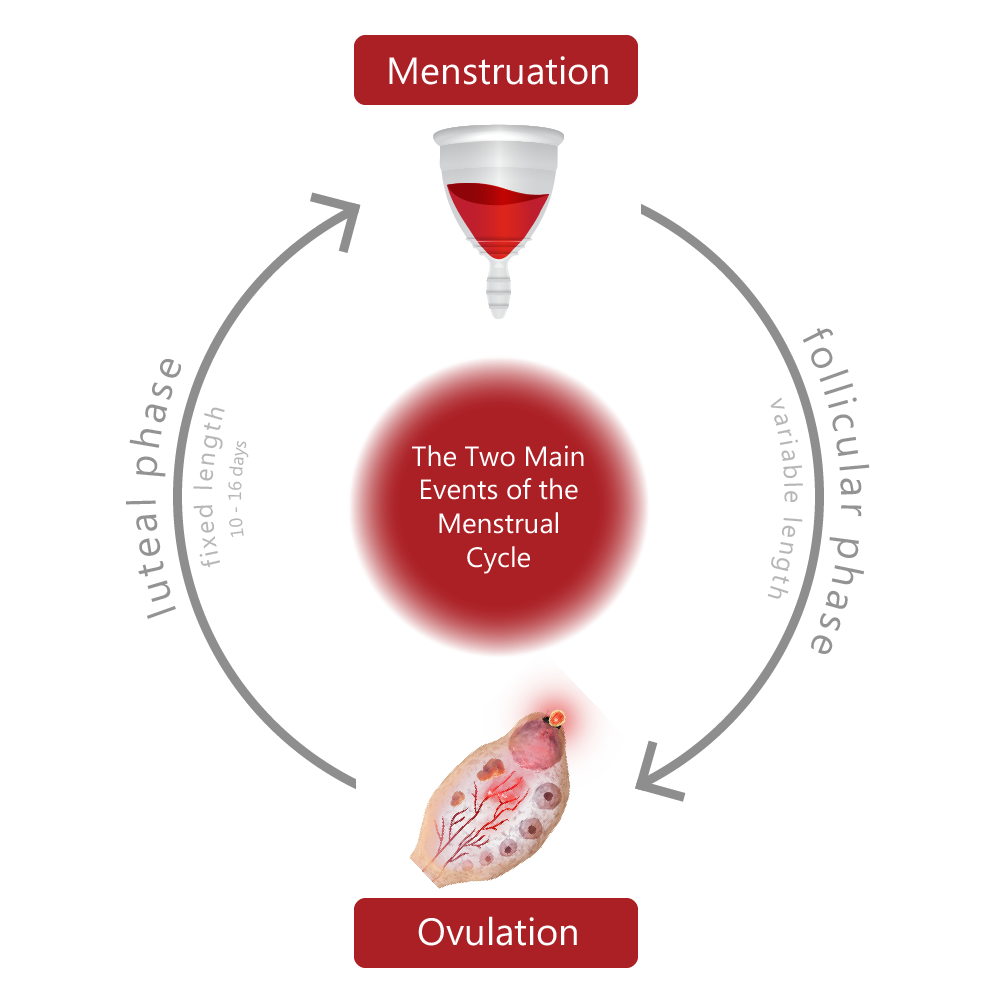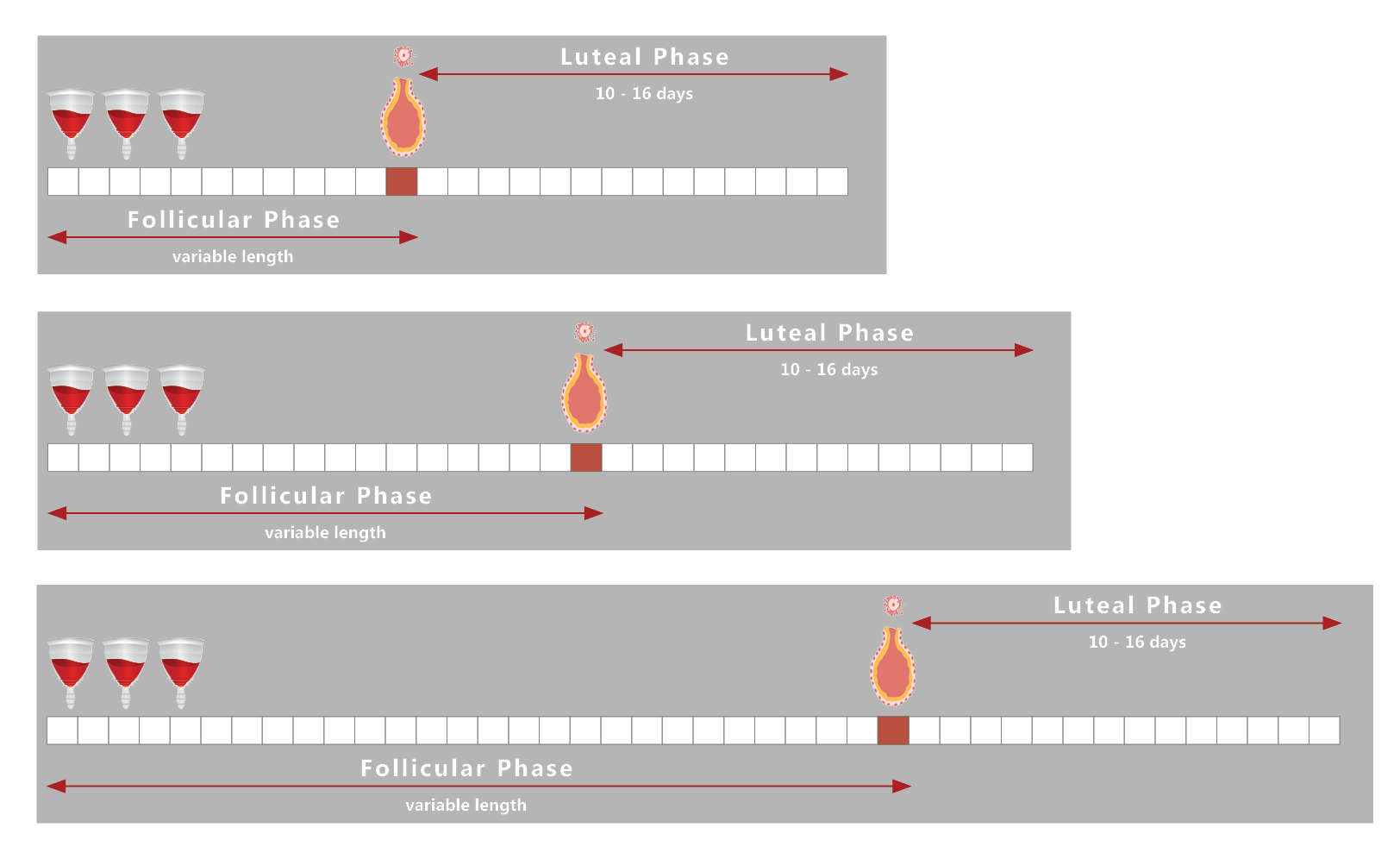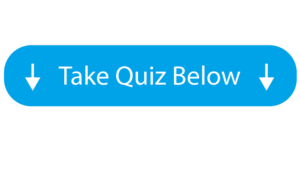The Menstrual Cycle: Foundational Concepts
Understanding the foundational concepts of the menstrual cycle allows us to develop body literacy and use the Symptothermal Method more effectively.
While you’re probably familiar with your period, there is a lot more that goes on behind the scenes each menstrual cycle to result in your bleed. In fact, the main event of the menstrual cycle is actually ovulation – but it’s not visible to us from the outside so we’re not as familiar with it.

The two main events of the menstrual cycle are:
- Menstruation (your period), and
- Ovulation (the release of an egg from one of your ovaries)
Our menstrual cycles can be broken down into two main phases that are separated by the event of ovulation:
- The follicular phase begins on the first day of your period and lasts up to and including the day of ovulation.
- The luteal phase begins the day after ovulation and lasts until the day before your next period.
The follicular phase varies in length. The length of this phase varies between different women and between different menstrual cycles for the same woman. Basically, there are lots of things that can cause you to ovulate sooner or later than usual and hence change the length of the follicular phase.
The luteal phase is always a fixed length of anywhere between 10 – 16 days. This means your period always arrives 10 – 16 days after ovulation. The timing of ovulation is what determines the length of your menstrual cycle! In fact, we even have a saying “There’s no such thing as a late period, only a late ovulation!”
You may have heard it said that ovulation happens on ‘day 14’ of your menstrual cycle. This is just an ideal scenario based on a 28-day menstrual cycle. In reality, ovulation can occur earlier or much later than CD14 (even for someone with a 28 day menstrual cycle)! The only thing we know for certain is that our period will always follow 10 – 16 days after we finally ovulate.

The two main processes of the menstrual cycle are:
- The cyclical thickening and release of the lining of your uterus (this lining is called the endometrium). The purpose of this cycle is to create a nourishing environment for a fertilised egg to implant.
- The growth of groups of follicles and subsequent release of an egg from your ovaries. (Each egg is housed in a small follicle inside the ovary).
If the egg we release at ovulation is not fertilized, the lining of the uterus will break down and exit the body through the vagina. This is our period – and it is the culmination of the events of the previous menstrual cycle.
The first day of a new menstrual cycle is the first day of fresh red bleeding on your period. We call this day ‘Cycle Day 1’.
Ovarian hormones
During the menstrual cycle, our ovaries also produce the hormones oestrogen and progesterone. Oestrogen is produced during the follicular phase due to the growth of follicles in our ovaries. Progesterone is produced in the luteal phase, after an egg is released from the dominant follicle.
Oestrogen is the dominant hormone of the follicular phase, and progesterone is the dominant hormone of the luteal phase.
We’ll learn more about the processes of egg growth and uterine-lining growth in the next lesson. Plus, we’ll start to delve into the hormonal cycles that make all of these processes possible.

